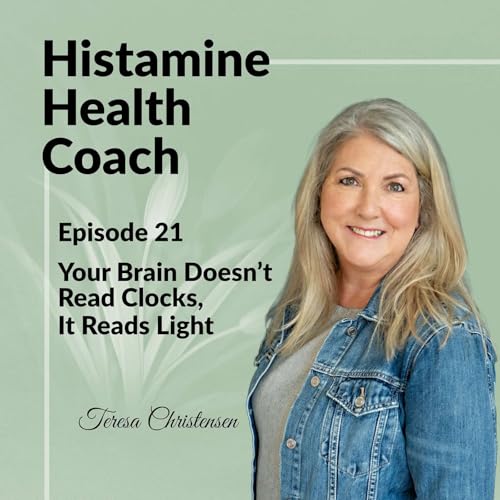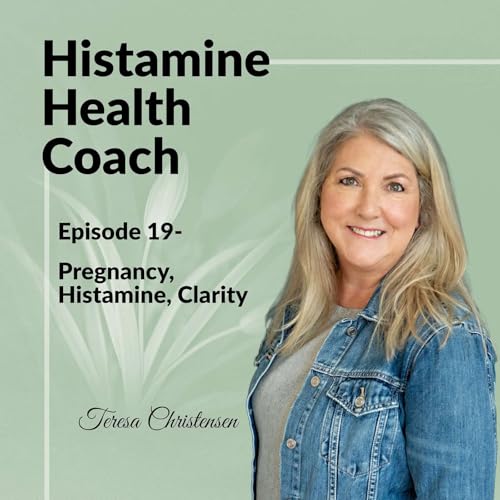Send us a text
Your body isn’t confused—you’re watching a delicate tug-of-war between rising estrogen, steadying progesterone, and mast cells that decide how loudly histamine speaks. We unpack that push–pull with clear, compassionate guidance so you can tell the difference between “just pregnancy” and histamine overload, and make small choices that add up to big relief. From first-trimester queasiness through late-term flushing, we explain how immune recalibration shapes symptoms, why DAO and HNMT matter, and how patterns can shift from calmer second trimester to a possible late bump when estrogen peaks.
We walk through practical steps that respect both pregnancy safety and histamine sensitivity. On the plate, that means fresher is better: colorful produce, lean proteins cooked close to mealtime, and a careful eye on leftovers and fermented or aged foods. We spotlight seafood pitfalls—why tuna and mackerel build histamine fast—and align them with mercury guidance so you can choose safer options without anxiety. Beyond food, we share low-effort habits that make a real difference: slow breathing, prenatal-friendly movement, fragrance-free products, an air purifier for pollen-heavy days, hydration that supports energy and headache control, and a cool bedroom to reduce night flushing.
You’ll also get a simple framework for journaling symptoms, meals, and exposures to reveal patterns you can act on with your OBGYN, allergist, or nutrition professional. And we look ahead to postpartum: how lower estrogen can help, how sleep debt and stress can hinder, and which routines keep you steady while you bond with your baby. If this season feels messy, you’re not alone—and you don’t need a perfect plan to feel better. Subscribe, share this episode with someone who needs it, and leave a review to help more women find these tools. Ready for tailored support? Reach out at histaminehealthcoach.com.
Follow me on Instagram
 9 分
9 分 2025/10/168 分
2025/10/168 分 2025/10/0211 分
2025/10/0211 分 8 分
8 分 6 分
6 分 8 分
8 分 7 分
7 分 2025/07/249 分
2025/07/249 分
